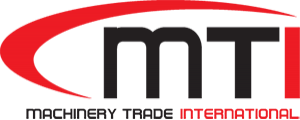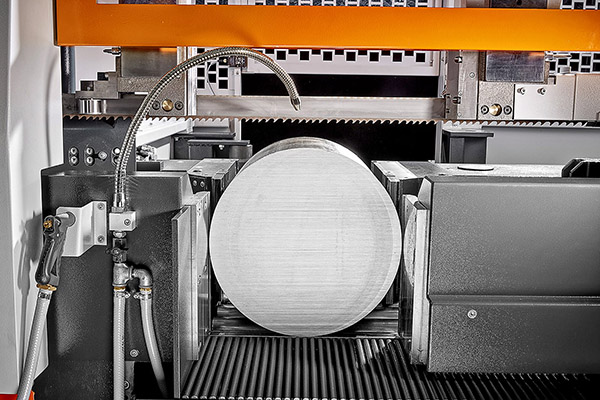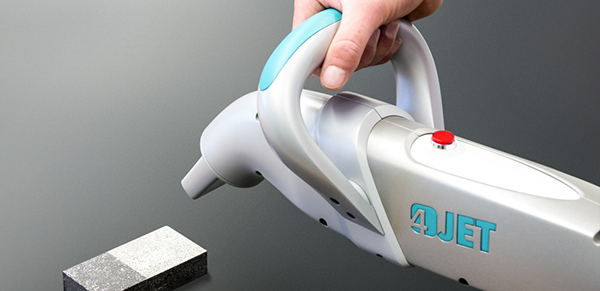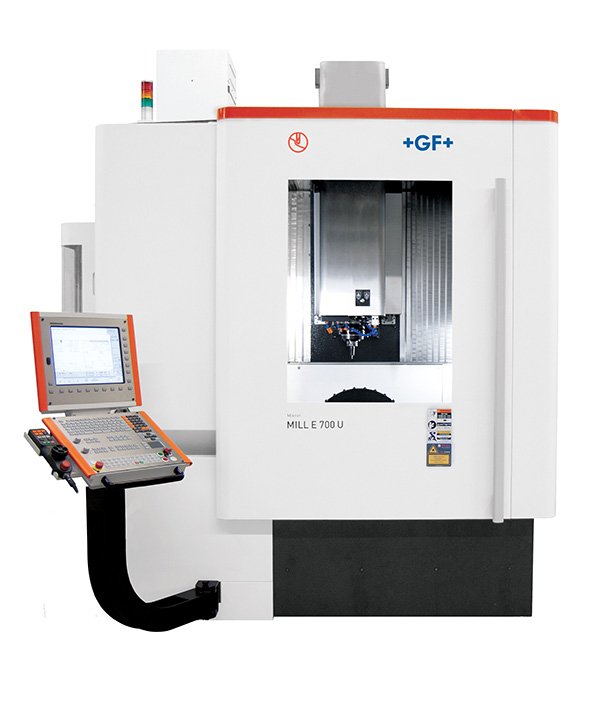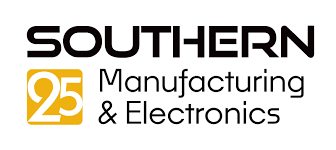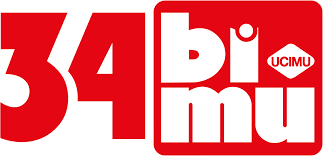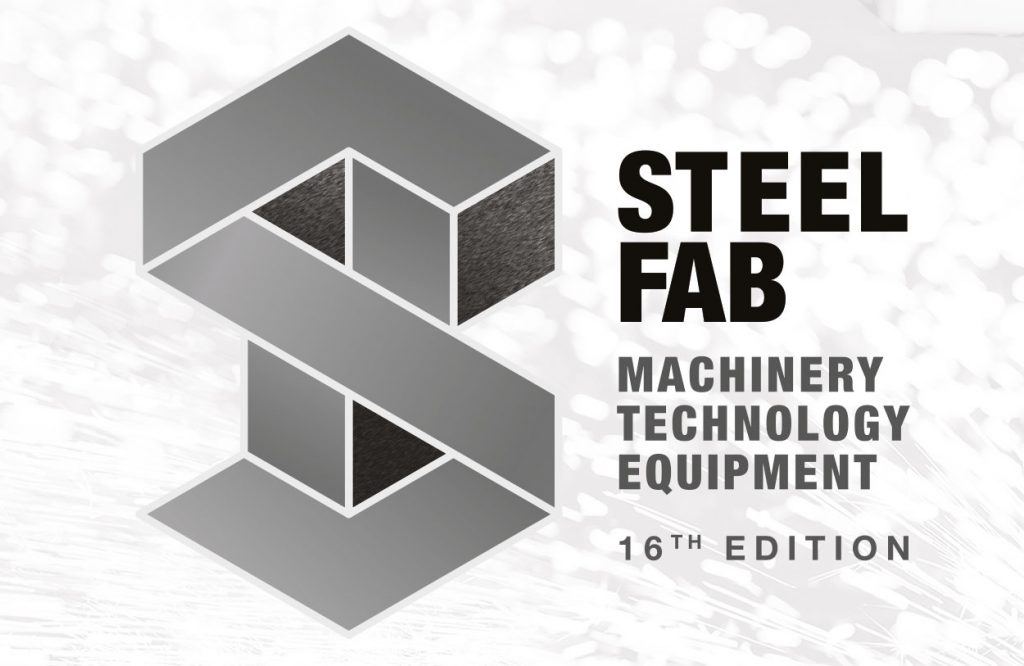The ‘tec’ range of top-end horizontal bandsaws from Kasto has comprehensively re-engineered. Newly developed features have been incorporated, enabling faster production; cutting cycles can be halved in some cases. At the same time, tool wear is reduced.

According to Kasto, the benefits are largely thanks to a pair of servo motor-driven ballscrews for steplessly adjusting the down-feed to optimise the management of blade chip load. The system is combined with the integration of KASTOrespond technology, which continuously monitors pressure on the blade so that down-feed force can be optimised, irrespective of whether solid material, tube or profile is being cut.
The saw-feed control, without the need for additional and often error-prone sensors, enables cutting parameters to be continuously adjusted, not only at blade entry and exit, but throughout the entire cut. By constantly detecting the changing engagement length when processing round stock, and sensing hard spots in any material, KASTOrespond converts the measured forces on the tool into digital signals for adapting the down-feed speed. Users need only to enter data such as cut lengths and number of pieces, together with the type of material to be sawn and its diameter, directly at the Kasto ProControl with colour touchscreen interface. Everything else is taken care of automatically.
There is an additional, environmental benefit of electrically actuated ball-screw feed, as only a much smaller, separate hydraulic unit is required for stock positioning and clamping, so there is a significant reduction in the amount of power needed to run these machines.
A steel and mineral cast base frame delivers damping and quiet running, even when cutting materials such as titanium, Hastelloy or Inconel, says Kasto.
For further information www.kasto.com
![]()
